Month: March 2016
Creating a tone generator in Processing
This week I managed to create a tone generator that I can trigger with my keyboard.
The logic of it is fairly simple and I used Bead library for Processing to create this program.
The next step is to hook this up with an analog system so that I can create sounds and trigger it based on the balloons .
In addition to that, I found a way in which I could make the system fairly interesting.
Balloons in the past experiment would fly around randomly. The plan now is to have lesser freedom for them to move and create a hierarchy.
One way this hierarchy can be used is the relationship of the length of the string and the movement of the balloon.
A longer string gives the balloon more area to move, hence more random notes will be triggered.
Arrangement in space is also a key consideration for this project.
The upcoming week will be focused on developing a complete software and then moving on to the physical set up.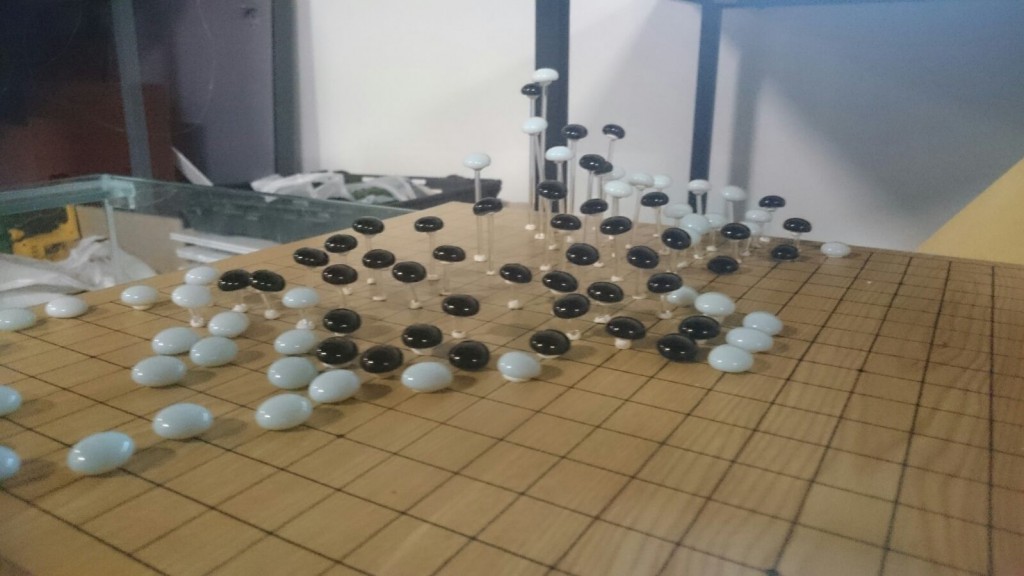
Interesting use of hierarchy using acrylic sticks on wei qi.
Generative Art
Generative Forms
SEEK
Architecture
Art that has been generated by a system
Instructions
wall Drawings , Sol Lewitt (1971)
Randomness
Cut-up technique, Brion Gysin, Tristan Tzara, William Burroughs, Davd Bowie, Remix
Automation
Drawing machines, Jean Tinguely (1950s)
Designing Processess
Art Forms in nature, by Erst Haeckel
Stories in games – Papers, please and other story-telling games
Can we tell stories in games?
An age old question that many game designers have started challenging for decades, yet it is only recently we started to see more and more successful works that integrate the way stories are told into virtual worlds.
“Papers, please” is a brilliant example.
Would you play a game about a guy whose job is something as repetitive as clearing papers for customs? The nature of the job seems boring enough, yet underneath this exterior is an intricately woven story that makes you feel more about the world than some big budget block busters can even come close to.
A world filled with terror and legal constrictions, where your failure in your job can cost your family their lives. A world where a lot is showed, and little is told, giving players the points to let them draw the lines themselves. I recall in one level, after clearing a man and letting him through, he whispered, “My wife is behind. Please let her through.”
The lady that came next suddenly was no longer just another character to clear, but someone else’s wife. Suddenly there was so much weight in what I was doing. I could let her in at the expense of my own wages, possible leading to my family starving in later game, or I could deny her and separate the two couple. The story was in my control. My actions had real weight and for a second there, I did not know what to do.
I choose the former, and was punished with a pay cut but was rewarded with a token from the lady and a heartfelt thank you.
And I’ll admit, even until now, it still feels good.
I believe that that should be the nature of narrative in game.
An interaction can be simple but yet the choices we make can have weight.
Another example is ” This war of mine”
I never thought I’ll ever play a game that was hard to play emotionally but the war torn world of the game changed my mind.
It took every element of a zombie survival game and removed the zombies and became one of the most powerful and gripping tales.
The choices I make comes back to haunt me.
Stealing from an old lady makes me sick. Choosing between running from a fight or helping another felt like a real choice.
A wrong move meant that I would die. Yet I didn’t know what the right moves were either.
I believe that such interactions add layers of meaning into the story.
There is real weight in the decisions that we make in the game, we feel that it is real and hence the decisions in the game matter.
Spatial Narrative
Guy Debord’s – The Naked City (1957)
Guy Debord’s Naked City, present the most radical departure from the grid. In reaction to the rational city models embraced by Parisian postwar planners in the 1950s, he and his colleagues co-opted the map of Paris, reconfiguring the experience of the city through its authority. By manipulating the map itself, they intervened in the logic of the city, constructing an alternative geography that favored the marginalized, and often threatened, spaces of the urban grid. Torn from their geographical context, these areas were woven together by arrows inspired by the itineraries of the drift or “dérive.” These “psychogeographic” maps proposed a fragmented, subjective, and temporal experience of the city as opposed to the seemingly omnipotent perspective of the planimetric map. As mapping is used as a tactic to bring together personal narratives about urban space, the Situationist maps provide a useful example of visualizing a subjective view of the city.
The central problem with these maps is not in the way in which they confront norms of cartography, but the duration to which they are bound. The ephemeral nature of psychogeographic space meant that these sites could quickly shift through the pressures of development. The Situationist maps in turn become an archive of a specific moment in the life of the city. However, if these maps incorporated time, they would be able to show the migration or disappearance of these psychogeographic spaces, highlighting and critiquing the urban trends that were / are shaping the city.
This entry was posted in Articles, Literature. Bookmark the permalink.
I was introduced to The Naked City about a year ago by Luis, my 4d professor.
He introduced to us this concept of dérive which is “
an unplanned journey through a landscape, usually urban, on which the subtle aesthetic contours of the surrounding architecture and geography subconsciously direct the travellers, with the ultimate goal of encountering an entirely new and authentic experience. Situationist theorist Guy Debord defines the dérive as “a mode of experimental behavior linked to the conditions of urban society: a technique of rapid passage through varied ambiances.”
” Can maps be a form of narrative? What does maps actually tell us?
Designing an interface
In the book, the Dreamcatcher, one of the character described having a memory warehouse in his mind, able to retrieve and store any memory, this is also known as the method of loci (loci being Latin for “places”[1]), memory palace, mind palace. This method depends more on spatial memory than simply intelligence.
Having collected some images for my project, I’ve come to realize one of the greater challenges one must face when handling interactive narrative is not what story you wish to tell, but how to tell it.
If we understand our stories as routes, can we create a means of navigating through narratives? How would that change the way we experience stories than simply just buttons. What if we could actually see how the paths interlink and criss-cross. Would that change the way we navigate through stories?
The next step for this project is not so much to simple just take more images, but also to understand how these images can be shown.
Can we map it out several stories so that we can better see relationships?
What about choices we make in the experience? Does it even affect anything? And should it affect?
My goal now is to put the stories together and allow one to navigate it like a maze.
Feedback on Drift
I guess one of the more urgent concerns my peers have show regarding my project was that it was kinda hazardous…
Firstly, standing on the table probably felt fun to me, a little less for those around me.
Maybe elevating the space a bit but not too much?
Secondly it’s dark.
I guess I’m gonna have to source for better ways to illuminate the space then just 5m of led.
I’m thinking if I could project some visuals or graphics on to the balloon, that would be quite cool.
I guess a change of space would help too. A smaller more contained space would make people feel safer.
Time to head back to the drawing board I guess
Documentation
This week I explored the idea Play in Space.
I came across this reading of Eric Zimmerman on the “Narrative, Interactivity, Play, and Games: Four naughty concepts in need of discipline”
Play
Perhaps more than any other one of the four concepts, play is used in so many contexts and in so many different ways that it’s going to be a real struggle to make it play nice with our other terms. We play games. We play with toys. We play musical instruments and we play the radio. We can make a play on words, be playful during sex, or simply be in a playful state of mind.
What do all of those meanings have to do with narrative and interactivity? Before jumping into a definition of play, first let’s try and categorize all of these diverse play phenomena. We can put them into three general categories.
Category 1: Game Play, or the formal play of games
This is the focused kind of play that occurs when one or more players plays a game, whether it is a board game, card game, sport, computer game, etc. What exactly is a game? We’re getting to that soon.Category 2: Ludic activities, or informal play
This category includes all of those non-game behaviors that we also think of as “playing:” dogs chasing each other, two college students tossing a frisbee back and forth, a circle of children playing ring-around-the-rosy, etc. Ludic activities are quite similar to games, but generally less formalized.Category 3: Being playful, or being in a play state of mind
This broad category includes all of the ways we can “be playful” in the context of other activities. Being in a play state of mind does not necessarily mean that you are playing – but rather that you are injecting a spirit of play into some other action. For example, it is one thing to insult a friend’s appearance, but it is another thing entirely if the insult is delivered playfully.Quick structural note: the later categories contain the earlier ones. Game play (1) is a particular kind of ludic activity (2) and ludic activities (2) are a particular way of being playful (3). But what overarching definition could we possibly give to the word “play” which would address all of these uses?
The definition: How about:
Play is the free space of movement within a more rigid structure. Play exists both because of and also despite the more rigid structures of a system.
That sounds quite abstract and obtuse for a fun-loving word like “play,” doesn’t it? But it is actually quite handy. This definition of play is about relationships between the elements of a system. Think about the use of the word “play” when we talk about the “free play” of a steering wheel. The free play is the amount of movement that the steering wheel can turn before it begins to affect the tires of the car. The play itself exists only because of the more utilitarian structures of the driving–system: the drive shaft, axles, wheels, etc.
I like to think my element of play in my space belongs to the second category, Lucid Play, where the play exist as a result of the interaction, and when the objects are not interacted upon, the objects are not playful, so to speak.
The idea draws from a child’s mind of a playscape. What makes a landscape something playful? An empty void deck can be a playscape, you just need a friend or two to play catching. A playground is boring if no one wants to play in it. The interaction creates the play, not the other way round.
Similarly, a few fans and a balloon doesn’t make a space interactive. Its’ how we push the medium and think out of the box.
Why are we told not to stand on tables? Is it rude? Is it dangerous? We’re told so when we are kids and when we become adults, it gets embedded in the back of our minds.
Yet, why not explore it? How can we change the space just simply by ignoring certain social construct? Space itself is a social construct. If we are to be kids, we need to unlearn these rules that were placed on us and question.
Road block
I’ll probably need four?
I think having an elevated space, requiring one to climb to a higher height would help to change the space and bring the audience into a different space.
I’m also gonna see if I can borrow some spotlights to point upwards, I’ll use led to lit the system.
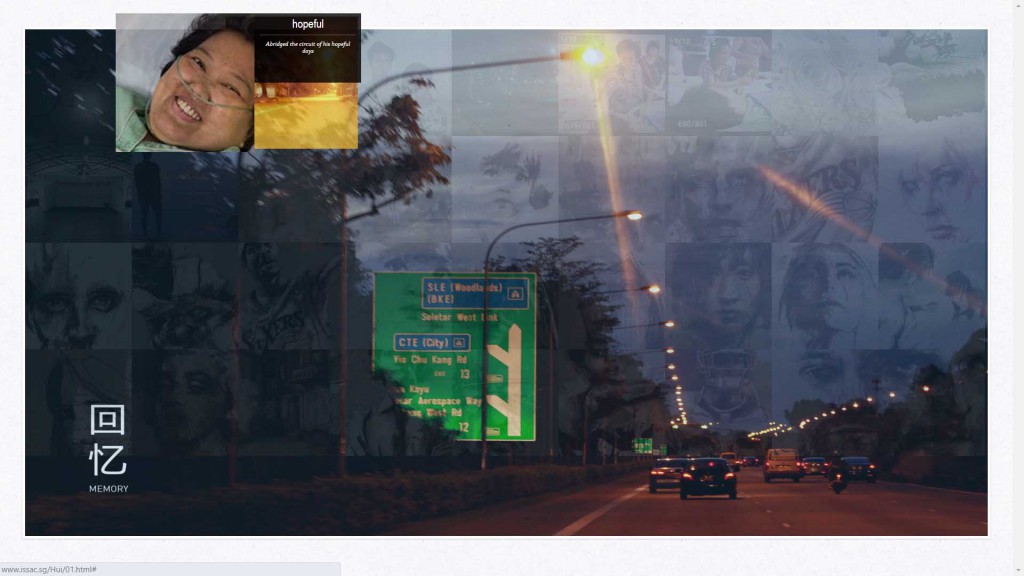
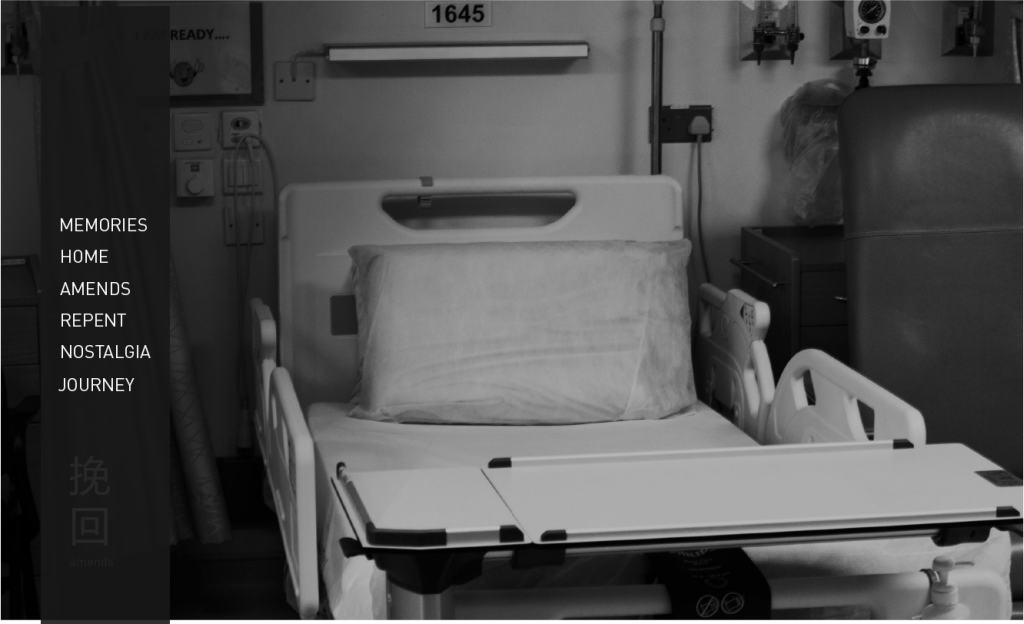
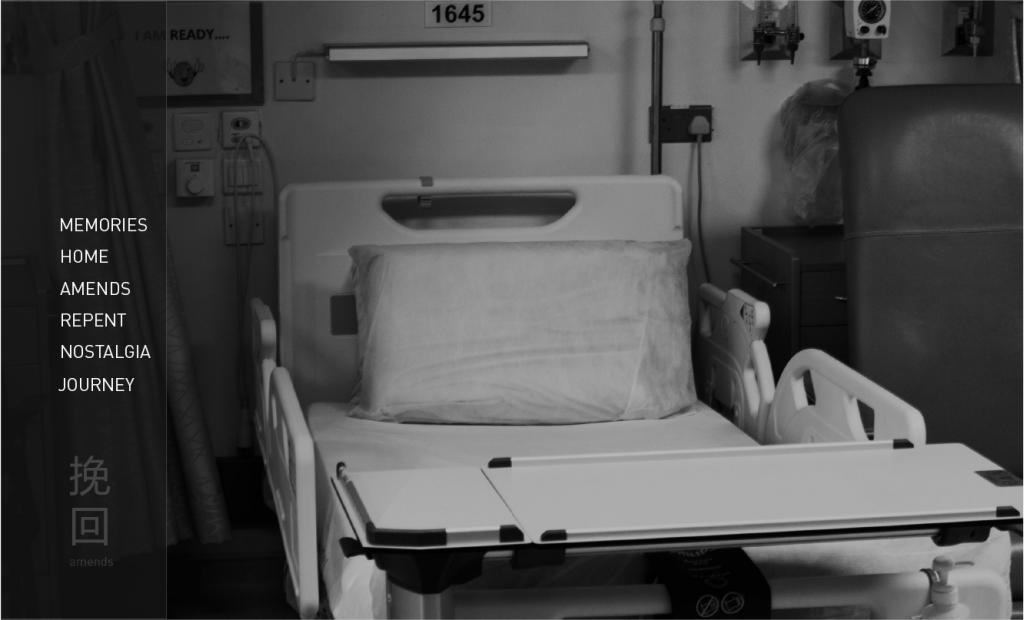
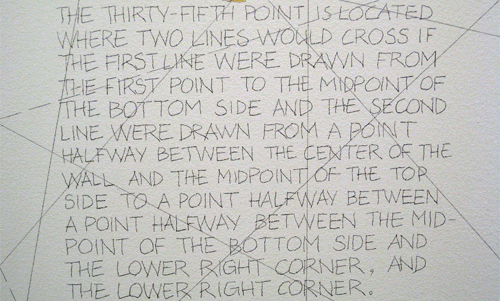

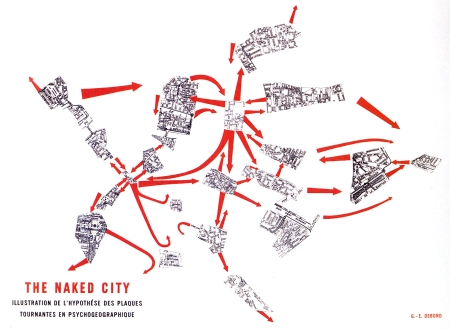
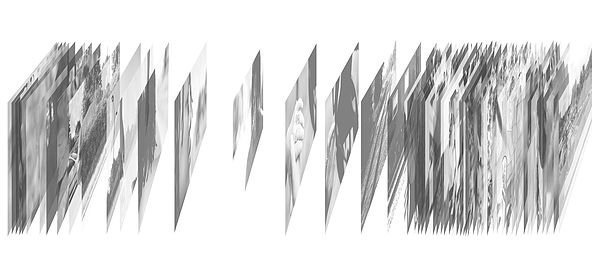
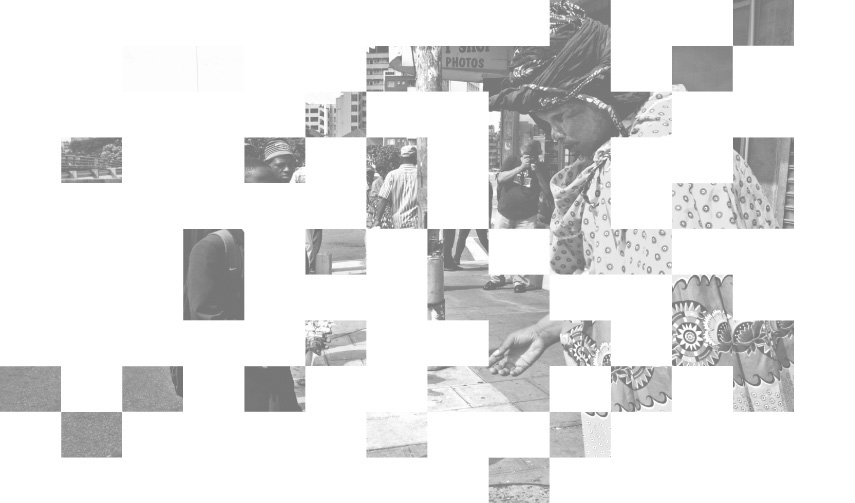
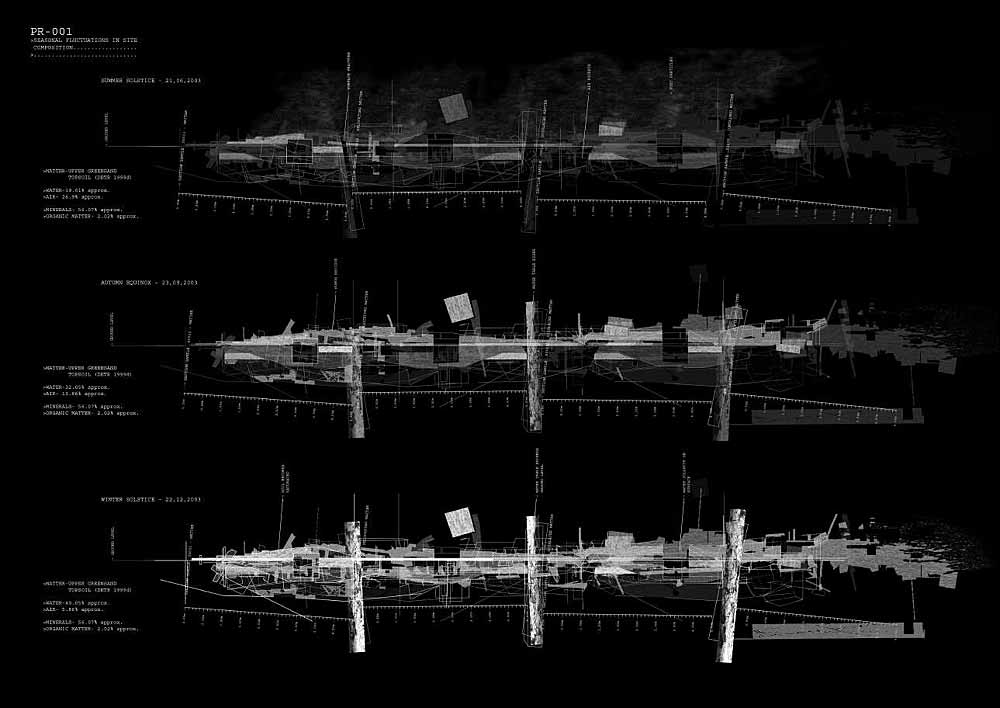
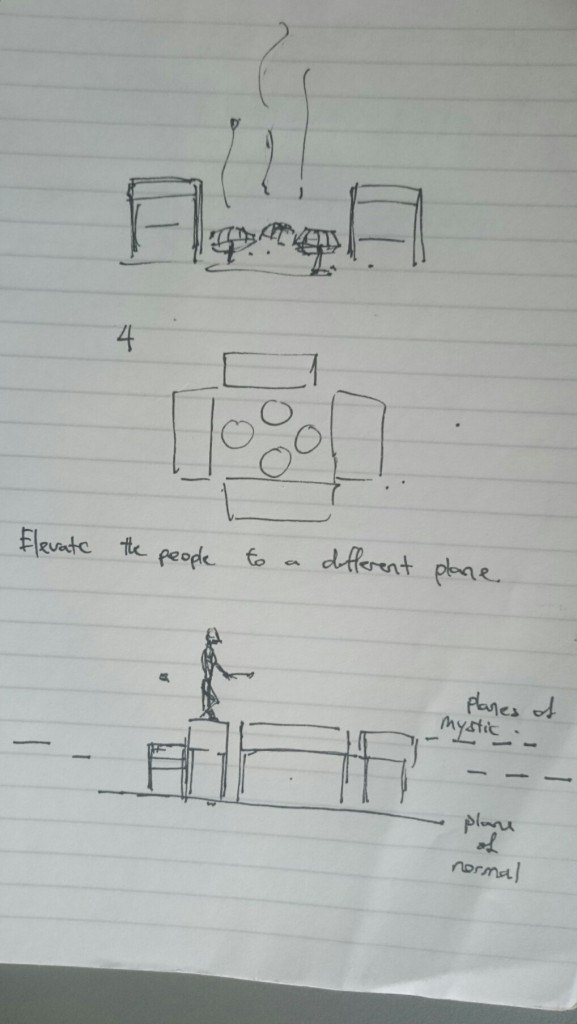
Recent Comments